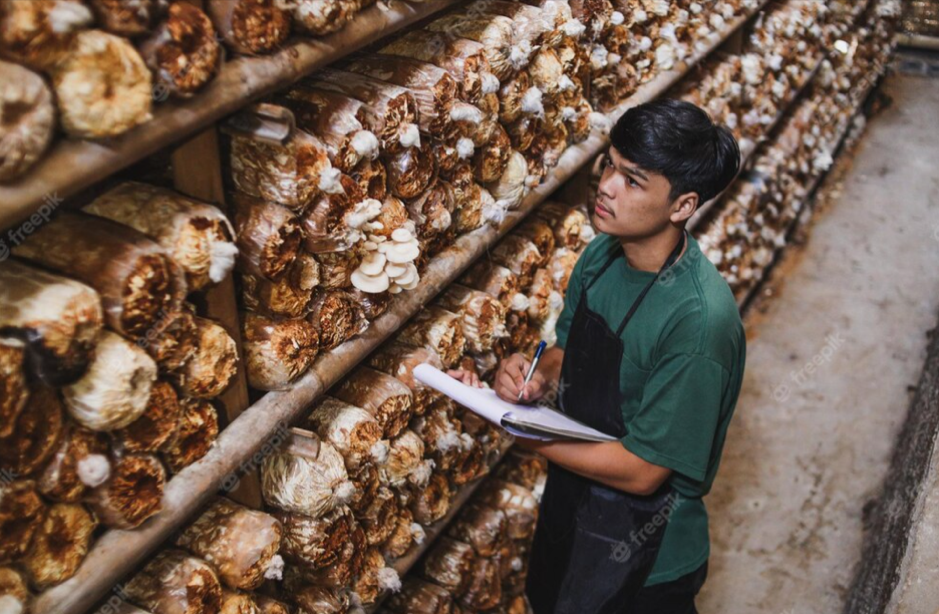In today’s globalized world, Indonesia stands as one of the key players in international trade. With its strategic location, abundant resources, and a rapidly growing market, it offers lucrative opportunities for businesses looking to engage in import and export activities.
However, navigating the process of Indonesian import-export procedures can be a bit burdening. In this comprehensive guide, we will delve into full explanations on how to export from Indonesia.
Documents Required for Indonesian Export
Indonesia is a country of immense potential with a vast array of products to offer the global market. But to effectively export from Indonesia, it’s crucial to understand the full process of the Indonesian export.
When exporting goods from Indonesia, there are several documents you have to prepare.These are the following document you need to prepare before starting export:
1. Nomor Pokok Wajib Pajak (NPWP)
First, you will require NPWP. It is an abbreviation for Taxpayer Identification Number. This is a number provided to a taxpayer as a mechanism of tax administration to allow the taxpayer to self-identify when exercising his rights and obligations.
2. Nomor Induk Berusaha (NIB)
Nomor Induk Berusaha (NIB) or Business Identification Number is the identity number of business owners in the context of a license of carrying out business activities in accordance with their fields.
NIB must be owned by business owners who wish to apply for business licenses through the OSS system. NIB also applies as:
- TDP or Company Registration Certificate
- API or Import Identification Number, if the business actor will carry out import activities
- Customs Access, if the business actor will carry out export and/or import activities.
To obtain an NIB, you must register through the Republic of Indonesia OSS – Electronically Integrated Business Licensing Services which is on OSS.go.id.
3. Billing
Next, you will require an invoice. This section offers information on the goods that will be shipped. This will be created for the consignee by the consignor or exporter.
4. Packing List
The packing list is similar to an invoice. It includes information on the things to be transported. However, the document contains an invoiced price of the goods.
5. Bill of Lading
Bill of lading (B/L) acts as a middleman between the shipper and the consignee. Aside from that, it serves as proof of the transportation contract. This contract also serves as a transportation and delivery agreement for the products to the carrier, as well as a guarantee of the goods in transit.
6. Shipping Order
A shipping order is a letter written by the shipper or exporter to the shipping business in order for the items stated therein to be received and loaded. This letter includes the shipper’s name and comprehensive information about the cargo to be shipped.
7. Pemberitahuan Ekspor Barang (PEB)
PEB is a customs document that provides information regarding the export of goods. This document is created in PEB by the shipper or exporter utilizing online EDI software.
8. Certificate of Origin (COO)
COO contains information about the origin of goods based on a valid agreement between countries.
Related Article: Understanding the Export Procedures and License in Indonesia
How To Export Products From Indonesia?
After preparing the documents above, now you are ready to start exporting. Typically, exporting goods from Indonesia will involve the following steps:
1. Agreement Letters
Initially, the exporter corresponds with foreign importers to propose and bargain for the commodities he desires to sell. The type of goods, quality, price, delivery terms, and so on must all be included in the agreement letter to the importer.
2. Sales Contract
If the importer accepts the exporter’s offer, they enter into and execute a commercial contract. A sales contract specifies the terms upon which both parties have agreed.
3. Letter of Credit (L / C) Issuance
Following the signing of the trade agreement, the importer has to open a letter of credit with a correspondent bank in his own country. The letter of credit is then sent to the approved Foreign Exchange Bank, who notifies the exporter that it has been received.
4. Export Goods Preparation
In this step, the exporter prepares the items ordered by the importer upon receipt of the letter of credit. As a result, the prepared goods must meet the requirements of the commercial contract and the L / C.
5. Export Declaration of Goods (PEB) Registration
Following that, the exporter has to file a Trade Export Declaration (PEB) with the Foreign Exchange Bank, attaching a promissory note if the exported products are subjected to export duty.
6. Reservation of Vessel Space
Following the registration of the PEB, the exporter can order vessel space from Ocean Shipping Lines or airlines. Furthermore, exporters should assess which shipping firm has the lowest freight transportation charge and the best assurance of trip punctuality.
7. Execution of the Delivery Order (D/O)
After receiving a Shipping Order (S/O), don’t forget to inquire about a Delivery Order (D/O) from your supplier. A delivery order is a document that specifies the ordered products and is signed by both the vendor and the buyer. This document is directed to the company’s warehouse department.
8. Goods Stuffing and Delivery
When the vessel is available, the exporter might deliver the cargo himself to the port of delivery. Aside from the exporter, a forwarding business (Freight Forwarding business or Ship Cargo Expeditionary Company / EMKL) can help them clear items to the port and ship.
9. Inspection by Customs
Customs will inspect the export documentation at the port. Customs will also inspect the products if necessary. Then customs will sign the loading permit on the PEB after the items and associated documentation are in order.
10. Ship Loading of Goods
The commodities can be put onboard the ship once Customs has signed the PEB. The shipping authority then provides the exporter a bill of lading (B / L).
11. Disbursement of Letter of Credit (L/C)
When the products have been transported, the exporter can withdraw the L/C from the bank. Bill of Lading, Commercial Invoice, Packing List, and PEB are also documents provided to the bank.
12. Received by The Importers
Last, the importers will receive the items safely. And the export-import has been done.
Related Article : How Does Coconut Influence the Economy & Culture of Indonesia?
Have You Known How To Export From Indonesia?
In conclusion, Indonesia’s import-export procedures can be intricate, but with the right knowledge and practices, businesses can thrive in this dynamic market. It’s essential to stay informed, adhere to regulations, and build strong partnerships for long-term success.
If you are looking for a reliable exporter of top-quality coconut products, you can contact Sari Coconut. They offer a wide range of coconut products, all with the finest quality ranging from coconut oil, desiccated coconut, coconut sugar and coconut fiber.
With Sari Coconut as your partner, you can enjoy the peace of mind that comes with working with a reliable and professional supplier. Learn it here on how to buy coconut products from Indonesia. You can also contact them for further information!
FAQ
How can I find the right market for my Indonesian exports?
Conduct market research and identify countries with demand for your products.
What export licenses do I need in Indonesia?
It depends on the type of products you’re exporting. But for general export you will need NPWP, TDP, SIUP, NIK, Billing, Packing list, Bill of Lading, Shipping Order, PEB and COO.
Which shipping method is best for my exports from Indonesia?
The choice between sea, air, or land shipping depends on your products and target market. You have to evaluate the options carefully.






